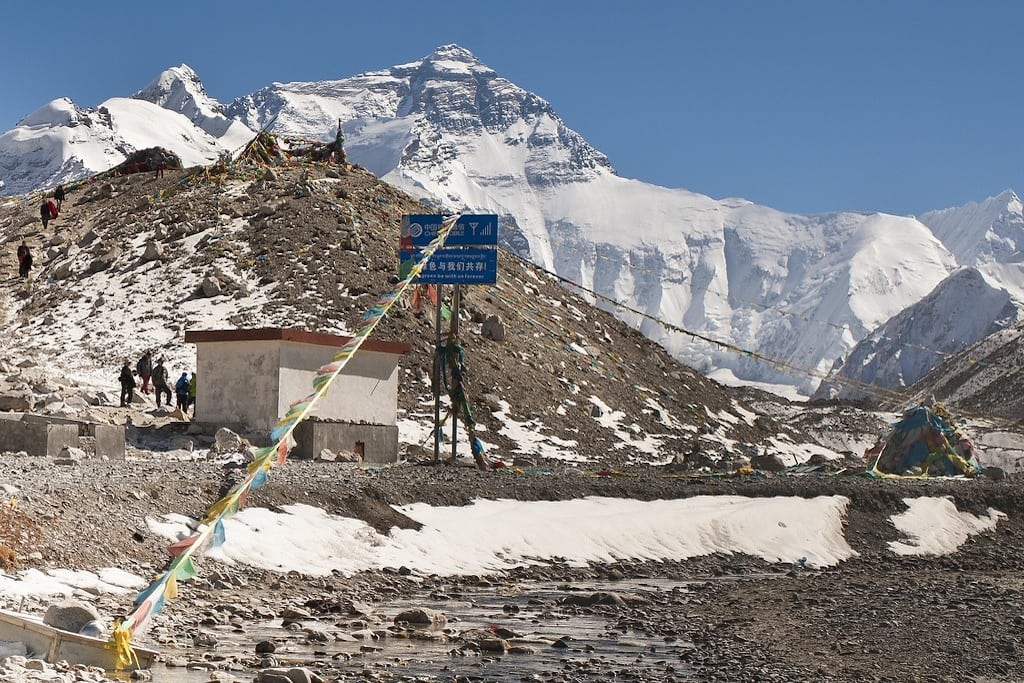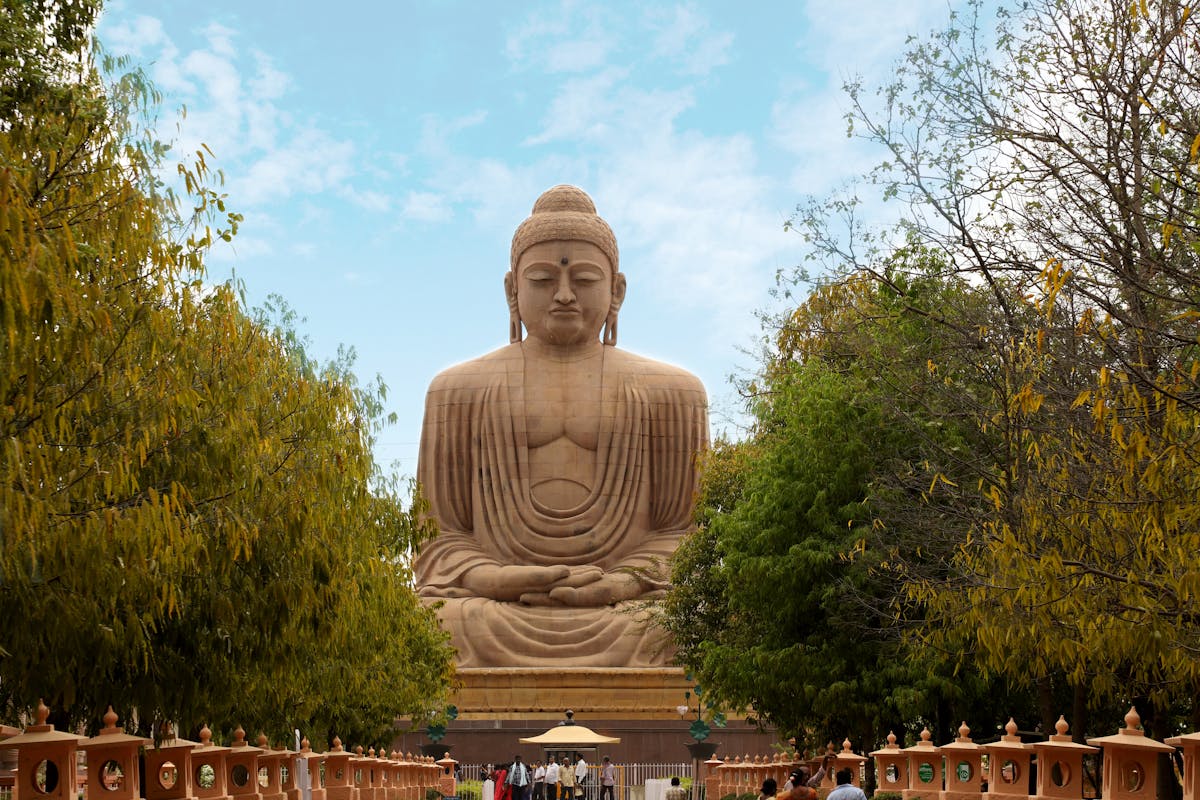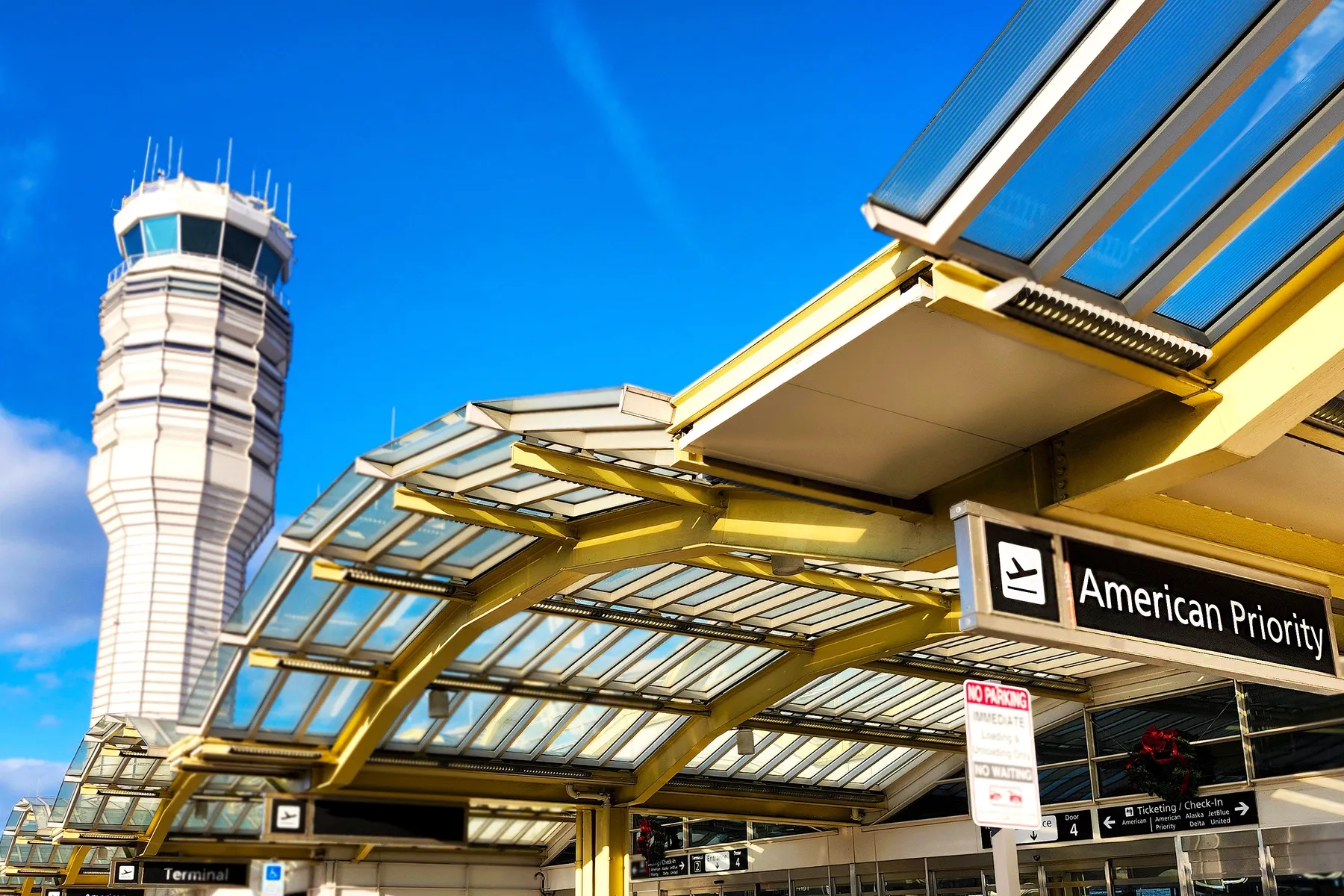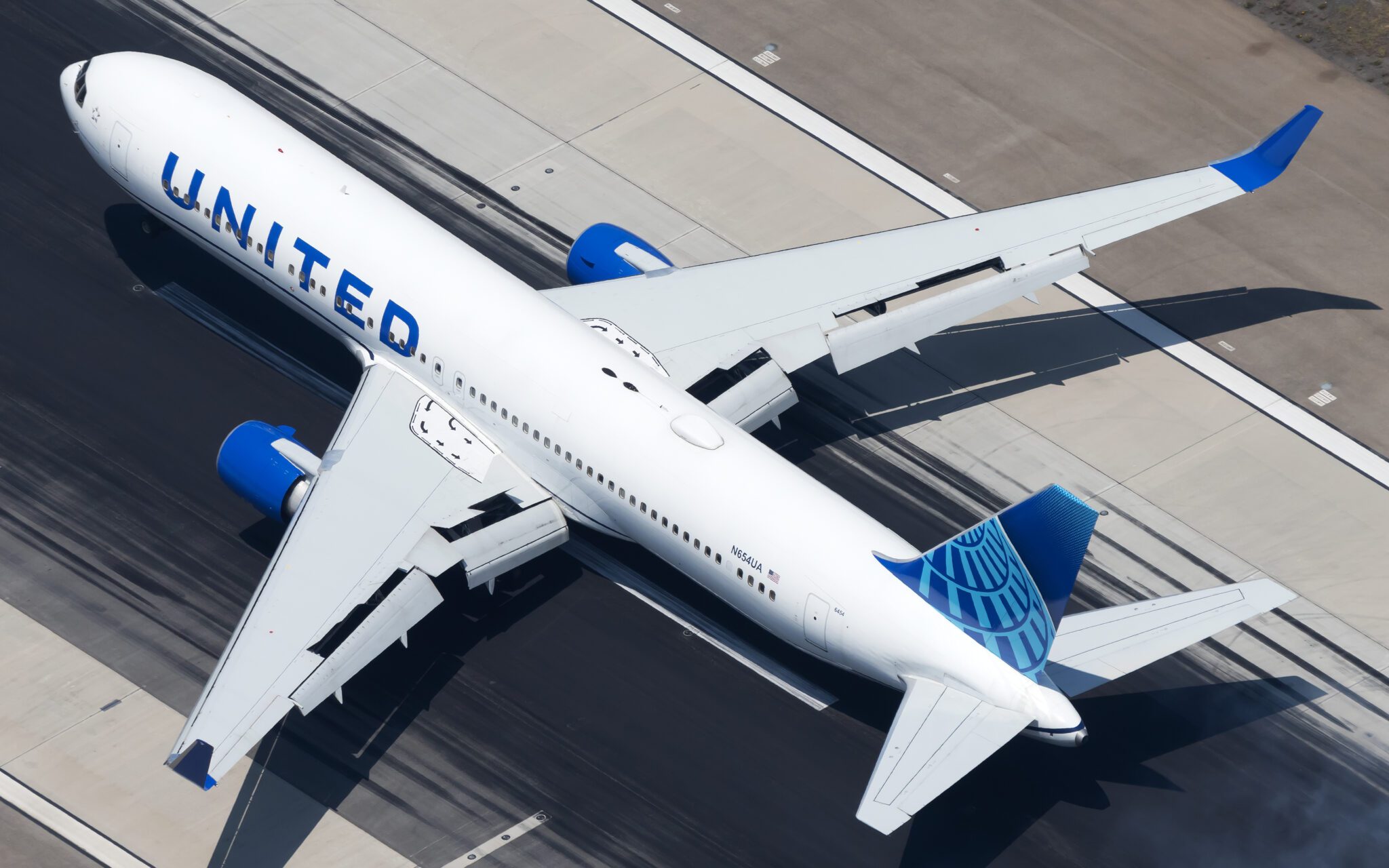Where Mount Everest stands after sixty years of ascents

Skift Take
Nepal marked the diamond jubilee of the first ascent of Mount Everest on Wednesday with a parade of veteran climbers and a government pledge to demand higher levels of experience, technical competence and fitness from those hoping to climb the mountain in the future.
The 60th anniversary of the ascent of the 8,848m peak by New Zealander Sir Edmund Hillary and Nepali Tenzing Norgay Sherpa has been overshadowed by charges that the peak is now overcrowded and overcommercialised.
Reinhold Messner, one of the world's most famous living mountaineers, told the Guardian that climbing Everest had now become "high-class mountain tourism".
"Everest has become the place to show … power, the power of money and a moneymaking business for governments," said the 68-year-old Italian climber, famous for making the first solo ascent of Everest without supplemental oxygen and for being the first climber to ascend all of the world's 14 peaks more than 8,000m high.
Climbers on Everest contribute around $10,000 (£6,500) each for a permit to attempt the ascent of the mountain, raising millions in revenue for the poverty-stricken south Asian state.
Thousands of guides, porters, cooks and ancillary staff, often drawn from local communities, are supported by the booming mountaineering industry, which has transformed the area around the peak.
Reports of clashes between local sherpas and climbers as well as photographs of long queues on difficult parts of the classic "South Col" route followed by the 1953 climbers have shocked many.
Many mountaineers have expressed concern at the apparent lack of experience of many of the clients of the big commercialised expeditions operating on Everest.
Ram Kumar Shrestha, the Nepali minister for tourism, culture and civil aviation, said the government was serious about managing the numbers of climbers on the mountain and would impose stringent conditions on aspirant summiteers in the future.
"We will adopt several measures to maintain the glory of Everest and will be strict in giving permits to climb, taking various conditions into account – whether they are trained or not and their health conditions are good – to reduce casualties," Shrestha said.
Other suggestions have included a ladder on the famous Hillary Step, a 10m cliff which poses the last technical obstacle before the summit, and more ropes to allow climbers going up to pass without being slowed by those descending.
The minister also said that more of the funds raised from selling climbing permits would be spent on development in the Everest region.
Hillary returned frequently to the Khumbu, the home of the Sherpa community, and used his fame to bring clinics, schools and bridges to the region.
This season alone more than 500 people reached the summit, including an octogenarian, the first female amputee and the first women from Saudi Arabia and Pakistan. Soldiers from the Nepalese and Indian armies, meanwhile, have removed more than four tonnes of rubbish this season.
Messner recalled his own epic climb in 1980 on Everest's North Face, seen as one of the greatest mountaineering achievements.
"It was very difficult for me to climb as I was solo climber with no oxygen and even no ropes, but that's what an alpinist should be," he said.
![]()




